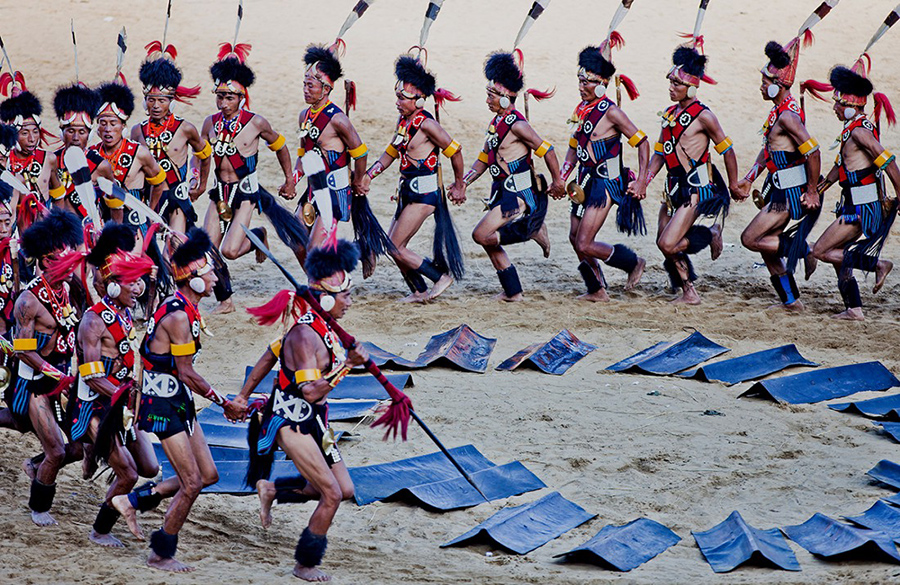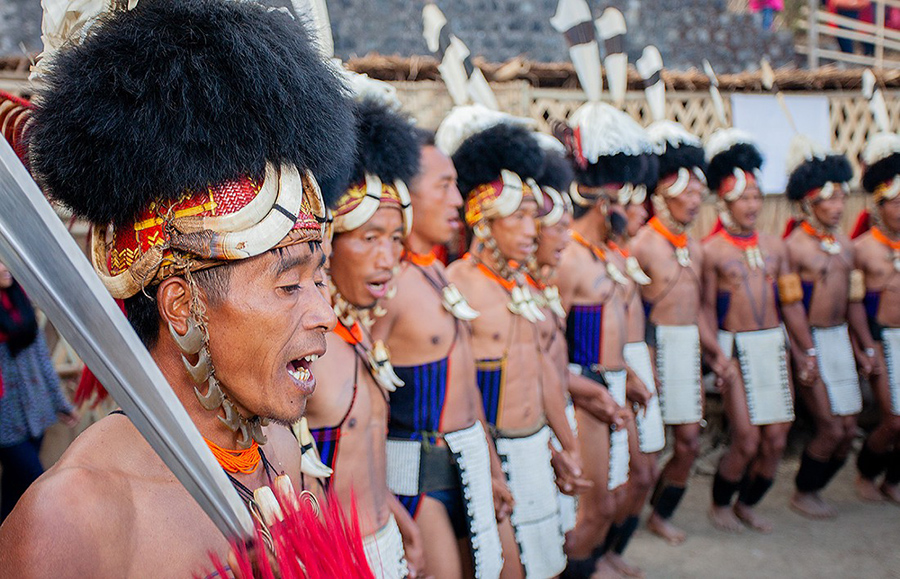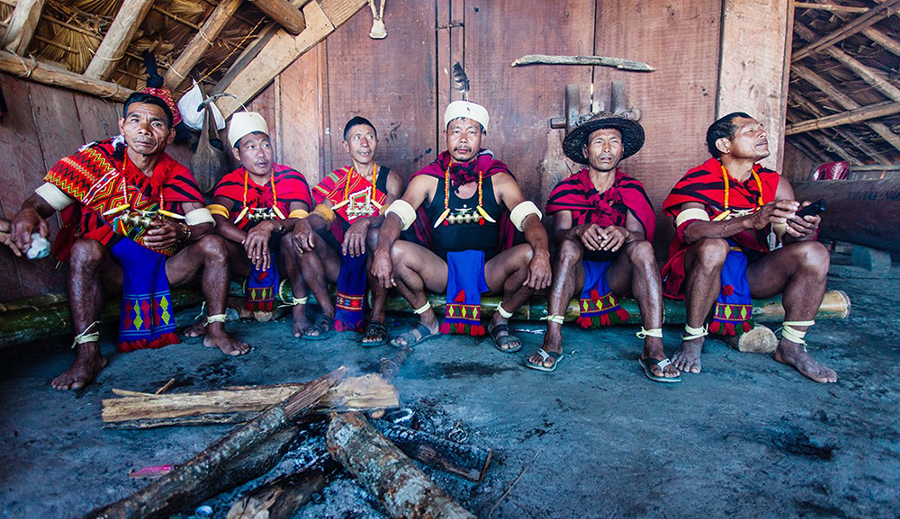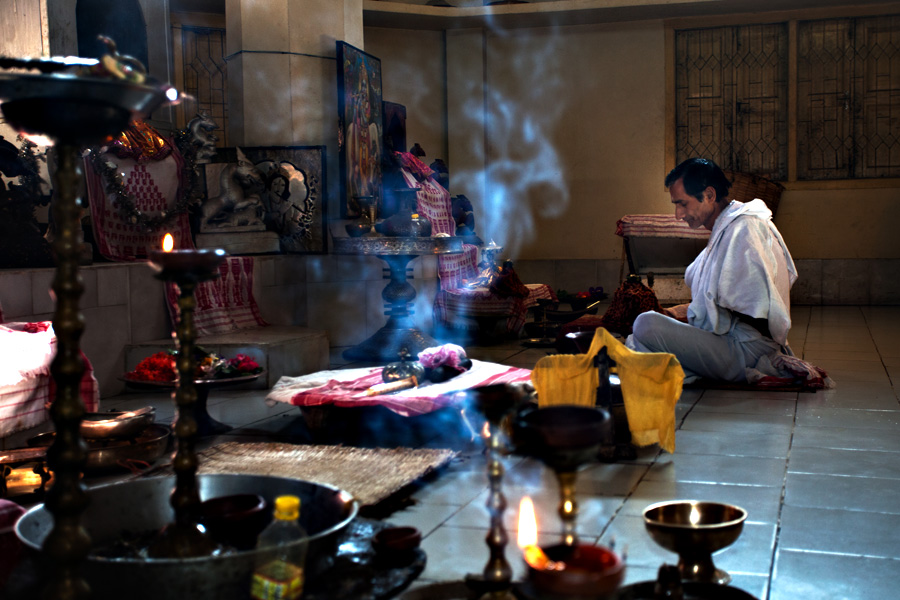Photo-story: rich cultural heritage of North-East India & Hornbill Festival
Originally published on medium.com
Unusual political boundaries have isolated North-East India from rest of the world (and rest of India) for many years. This is perhaps one of the reasons that has allowed this region to retain and celebrate a good part of its indigenous culture without significant influence from outside.

Performances at the Hornbill Festival, Kohima.
The Hornbill Festival in the hill-state of Nagaland is perhaps the most eclectic and elaborate of all the cultural events in the region. It offers a glimpse of North-East India’s rich culture, even though it showcases life and rituals from just one of the seven states in the region. This is a celebration of customs, cultures and everyday life of the seventeen communities that inhabit the hills of Nagaland. For ten days every December, the slopes of Kisama Village reverberate with gentle murmur of folks songs alternating with cries of hunters displaying their skills in the arena.
Every December, we conduct a week long mentored photography tour that offers excellent opportunities to learn the nuances of photographing people and cultures. The tour also helps you experience the rich culture of North-East India from up-close. We travel with a cultural guide having an in-depth knowledge of North-East India, its history and culture. It’s an awesome journey that offers unparalleled photography opportunities and unique people encounters. To be a part of this tour, visit “Photography in North-East India and Hornbill Festival” and find out more details.

Naga people at a performance during Hornbill Festival.
What makes Hornbill Festival an endearing experience is in the way the festival is not limited to an on-stage ensemble that isolates itself and doesn’t connect with its audience beyond the performance. During the days of the festival, each of the seventeen communities setup their own corner at the festival venue that permits personal interactions between visitors and the performing artists.

Performers in their morung at the festival venue.
Morungs, roughly translated as dormitories, are places where a community’s performing members come to rest between performances and occasionally conduct small ritual activities. In Naga tradition, a morung is a community building in a village that serves as a dormitory and a place for schooling young men. A morung also doubles up as a place of gathering for the community, from where villagers conduct meetings or announce events in the village.
